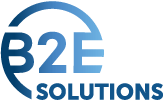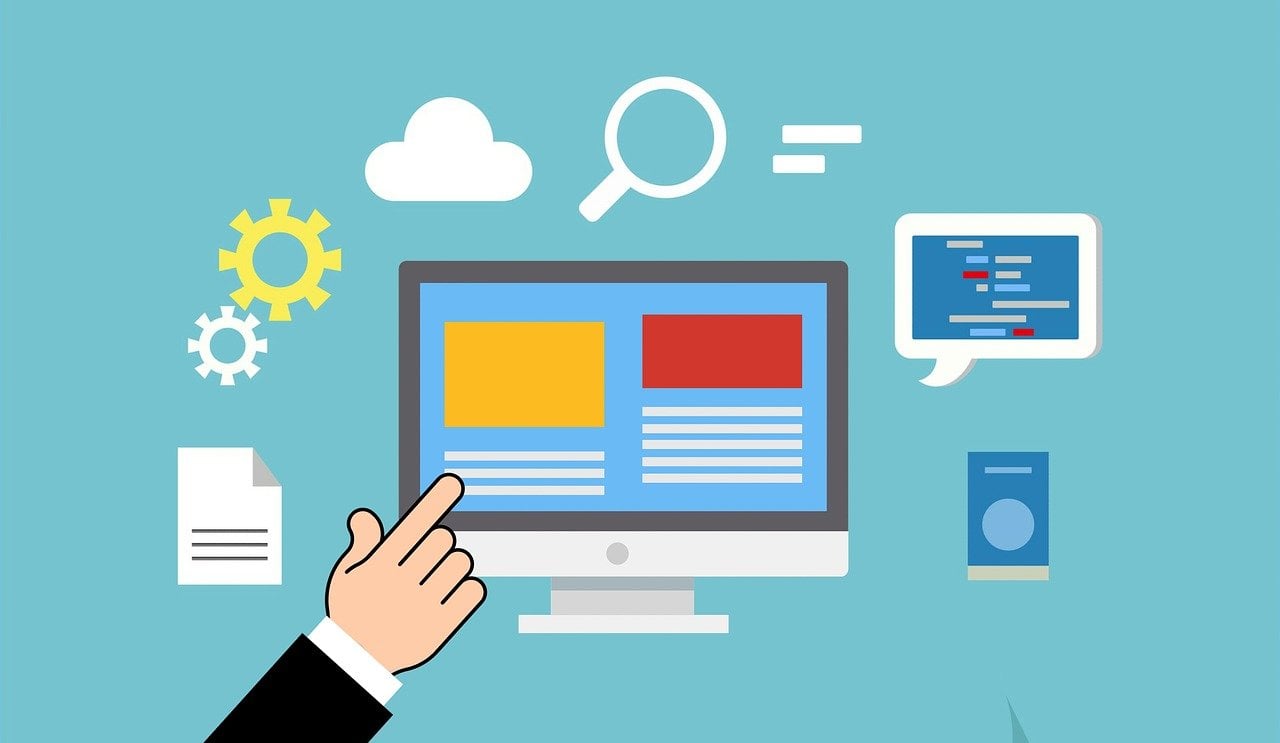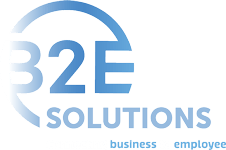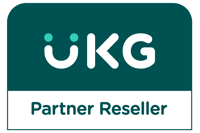With 2022 right around the corner, now’s the time for HR professionals to ensure they’re prepared for the year ahead. Of course, the pandemic changed the way we work, and in many ways, HR as we know it. But other recent events and technological advances have also played a role. Keeping all of this in mind, HR leaders have a number of trends to factor in as they finalize their priorities for the new year.
1. Prioritizing 360-degree employee wellness
Even before COVID-19, employee wellness programs were on the rise. But now, more than ever, employers are making these programs a priority and expanding them to incorporate all areas of employee wellness — including employees’ physical, mental, emotional, social and financial wellbeing. Sounds expensive, right? Not necessarily. Certain initiatives can be, but many organizations are finding creative ways to develop more well-rounded programs without breaking the bank. For example, employers are holding wellness challenges, partnering with local gyms for discounted rates, offering virtual counseling, or simply allowing more flexible hours. While some of these come with an upfront cost, the reward associated with many of these initiatives ultimately drives greater ROI in the form of productivity, retention and long-term savings for employers.
2. Customizing employee benefits
Unsurprisingly, the impact of the pandemic coupled with a competitive labor market has urged employers to revamp their employee benefits packages. As discussed, one way they’re doing this is by strategically integrating employee wellness programs into their benefits packages. Beyond that, organizations are seeking input from their workforce on benefits, and tailoring their packages accordingly to better attract and retain talent. Overall, employers today recognize that prospective and current employees don’t only look at compensation when evaluating job satisfaction. Compensation matters, but employees also value a package that meets their unique needs by incorporating the remote work options, professional development opportunities, or other benefits they believe are most important.
3. Hiring internally
Securing talent is tough right now, and with turnover rates at an all-time high, companies are really trying to incentivize people to stick around. One way HR leaders are doing this is by creating or improving internal mobility programs, which are designed to facilitate the advancement or lateral movement of internal people into open positions. As part of these programs, HR professionals need to identify employees who are the best fit for an opening. Even for smaller companies, this can be a challenge. But with the right succession planning tools, HR teams can easily (and more fairly) evaluate employees against set metrics — whether that’s ratings from past performance reviews or scores to quantify potential risk or impact of loss for any given employee.
4. Upskilling and reskilling
As the saying goes, “The only constant is change.” And isn’t that the truth — particularly after the last two years we’ve experienced. Now more than ever, employers are working hard to create a more agile workforce that’s equipped with the skill sets and competencies needed to excel in an ever-changing workplace. Whether it's a global pandemic, the automation of entire job categories, or simply competitive pressure to do things differently, employers are preparing their employees for change. By offering agile training programs and upskilling or reskilling opportunities, employers can address specific skill gaps or leadership gaps within the organization.
5. Recruiting a diverse workforce
As you might expect, diversity within the workforce will be a priority into 2022 and beyond. And for good reason. Recent social justice issues have forced HR professionals to take a hard look at their practices and address any biases (conscious or unconscious) that could influence the hiring process. To minimize those biases and encourage equal opportunity, HR professionals are casting a wider net when recruiting applicants. Instead of relying on traditional methods or indicators of success to build their candidate pool, they’re thinking outside the box. For example, many companies are recruiting nationally (not just locally), and seeking applicants from more than just top-tier schools. This helps these organizations to assemble a more diverse candidate pool, as well as expand their search to bring in talent that may not be available locally.
6. Incorporating automation
While automation is certainly not a new topic, it’s most definitely becoming more obtainable for HR organizations of all sizes. As a result, HR leaders are putting the proverbial “pedal to the metal” and automating as many steps and processes as possible throughout the entire employee lifecycle — from recruiting to onboarding, payroll, talent management and offboarding tasks. In some cases, this requires bringing on a new tool or solution. In other cases, it’s simply a matter of taking a look at existing tools and ensuring that each and every opportunity for automation is utilized.
7. Adopting a hybrid or remote work policy
At the onset of the pandemic, the shift to remote work presented many challenges for HR professionals. Ultimately, the pandemic showed many organizations that a remote or hybrid work model is possible. Now, remote work is often an expectation among employees. To compete with other employers — and prepared for unforeseen circumstances — many companies are adopting long-term remote or hybrid work policies. Taking what they’ve learned from their recent remote-work experience, they’re creating well-defined remote work plans (and adopting a number of work-from-anywhere tools) so their teams can remain agile and productive — no matter what’s thrown their way.
8. Adopting a full-suite, unified HCM solution
Managing employees’ data in disparate and disjointed solutions is inefficient, time-consuming, error-prone, and frustrating for employers and employees alike. As a result, more and more HR leaders are swapping spreadsheets and one-off tools for a full-suite, unified human capital management (HCM) solution that delivers all the products they need in one, connected system. The result is a robust offering of payroll, time and labor, human resources, and talent management tools that address each stage of the employee lifecycle, automate the flow of information between products, and provide a single source of truth for all employee records.
Interested in learning about Workforce Ready — our full-suite, unified HCM solution? Set up a demo today!










